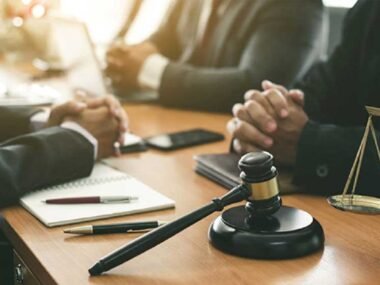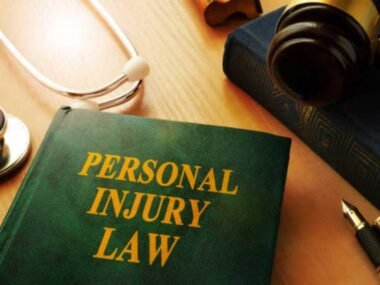Injuries from unexpected falls can be serious and the question of whether or not legal action is appropriate can be asked. Liability laws determine who is responsible whether it is an accident that takes place on a commercial premises, public walkway, or private home. In the event of any injury, those who may be entitled to claim damages must understand the intricacies of premises liability and the process of making a claim for damages. Injured parties get the support they require to get through these claims, by seeking advice from lawyers in Glasgow.
Understanding Premises Liability
Regardless of whether they are an individual, business, or a public entity, the property owners have a duty to make sure the property they own is free of hazards. In many cases, the party in control of the property is responsible when unsafe conditions cause injury. However, proving negligence is a difficult thing to do and can rely on the expertise of a good lawyer. Consulting lawyers in Glasgow helps the claimants to assess the strength of their case, and also to understand what are their legal options.
Key Elements of a Slip and Fall Claim
Winning a claim requires demonstrating that negligence directly contributed to the incident. The following elements strengthen a case:
- Hazardous Conditions– Poor maintenance, wet floors, or icy pathways must be proven as the cause.
- Lack of Warning Signs– Failure to place caution notices around known hazards may indicate negligence.
- Failure to Address Risks– If the responsible party knew about the issue but did nothing, liability increases.
- Proof of Injury– Medical records, photographs, and witness statements provide essential evidence.
Steps to Take After a Slip and Fall Incident
1. Seek Immediate Medical Attention
A healthcare professional should evaluate even minor injuries. There are certain kinds of conditions which may not display any signs without realising; this may include concussions, or even internal traumas.
2. Document the Scene
Take note of photograph hazards, photograph weather conditions, note witness contact details. These will be extremely useful when preparing a case.
3. Report the Incident
It also notifies the property owner or relevant authority so there is an official record. A better way of strengthening a legal claim is to request a copy of any report.
4. Retain Legal Representation
A premises liability case without legal support can be quite difficult to navigate. An attorney can look into the right process and increase odds that the effort will be a success.
Common Defenses Property Owners Use
Defendants often attempt to shift blame onto the injured party. Some of the most frequent defenses include:
- Comparative Negligence– Claiming the injured person contributed to the fall by not paying attention.
- Assumption of Risk– Arguing that the hazard was obvious and could have been avoided.
- Third-Party Liability– Shifting responsibility to cleaning companies, maintenance contractors, or other entities.
Compensation Available for Successful Claims
If liability is established, financial compensation may cover various losses, including:
- Medical Expenses– Hospital bills, physiotherapy, and rehabilitation costs.
- Lost Earnings– Compensation for time away from work due to recovery.
- Pain and Suffering– Damages awarded for physical and emotional distress.
- Long-Term Impact– If mobility is permanently affected, additional compensation may be granted.
Final Thoughts
There are a number of things to consider when filing a slip and fall claim including strong evidence, careful preparation, and understanding of legal responsibilities. However, to prove negligence, property owners must maintain safe environments. With the assistance of professionals, the injured people have better chances of securing compensation for their losses.










